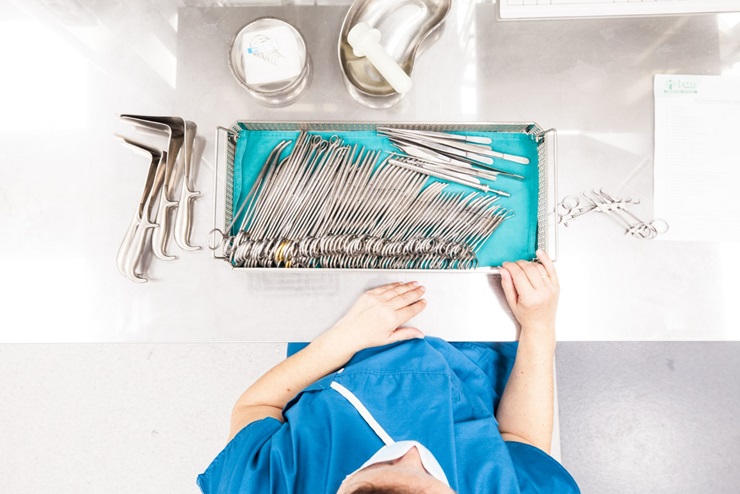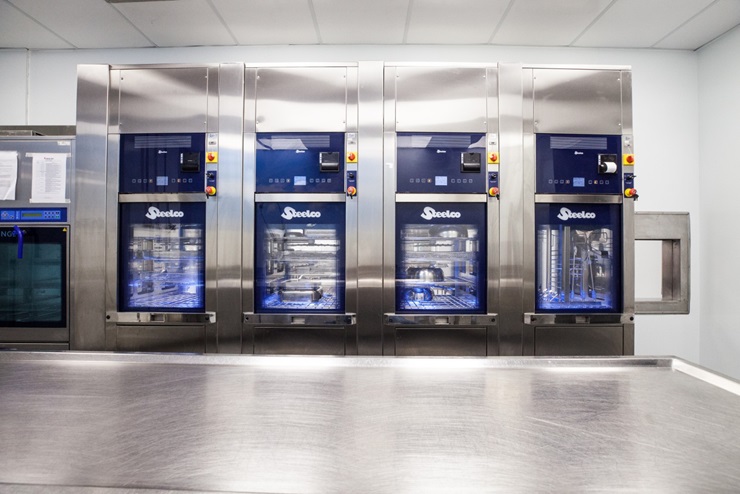Central Sterile Services Department: the unsung hero of every hospital

Central Sterile Services Department: IASO General Clinic
IASO General Clinic has the largest Central Sterile Services Department within a Greek hospital, with state-of-the-art equipment and more than 25 employees, aiming for the best possible prevention of infections and the maximal safety of patients and employees.
In detail, it has:
- An architectural layout with division of the zones and circulation of materials and personnel
- Optimal electromechanical infrastructure and antimicrobial shield with special masonry, false-ceiling and floor paneling
- Upgraded Medical Equipment
- Cutting-edge steam sterilizers with an automatic loading/unloading system
- Fast-cycle instrument washer disinfectors, as well as the first, innovative trolley and container washer in Greece
- Heat-sensitive material sterilizer
- Innovative ultrasonic washing machines with automatic immersion
- Auxiliary Stainless-Steel Equipment
- Electronic monitoring and traceability system for the complete recording, archiving and validation of the daily process (routine control)
The Central Sterile Services Department (CSSD) is a vital part of every healthcare unit, which has the safety of patients under its auspices. The importance of its role in maintaining patient safety has been recognized for approximately forty years. The large number of surgical interventions also entails a risk of healthcare-associated infections. Disinfection and sterilization minimize the transmission of pathogenic microorganisms in healthcare settings and the need for a relevant use policy is considered imperative.
The central sterile services area requires proper planning and proper architecture according to international standards. The complex activities carried out within the CSSD require proper management at every stage, until the return of the instruments and materials to the operating rooms. These activities consist of cleaning, disinfection, functional check, maintenance and packaging of instruments, selection criteria for the appropriate sterilization method, sterilizer loading, validation of the sterilization process, traceability, storage of sterilized materials and the calculation of their lifetime.
The hospital’s personnel take care of the smooth operation of the department and the realization of continuous inspections for effective sterilization and for the correct operation of the machines, which is carried out via chemical and biological inspections. They also check, count and record the instruments of the operating room and central sterilization system, so that orders are prepared on time and no problems are observed during surgeries. It is worth noting that the CSSD is in constant collaboration with all surgical specialties of the hospital.
Thus, for sterilization in a contemporary manner, an appropriate educational process is needed, with which, on the one hand, the sterilization of the materials is ensured and, on the other hand, traceability is possible at each stage. In conclusion, the CSSD needs specialized nursing personnel in order to ensure patient safety.
Learn more

IASO General Clinic: Pulse™️, the first and unique system in Greece.

Robotic Surgery at IASO Thessalias. The excellence of Cambridge reached Central Greece








